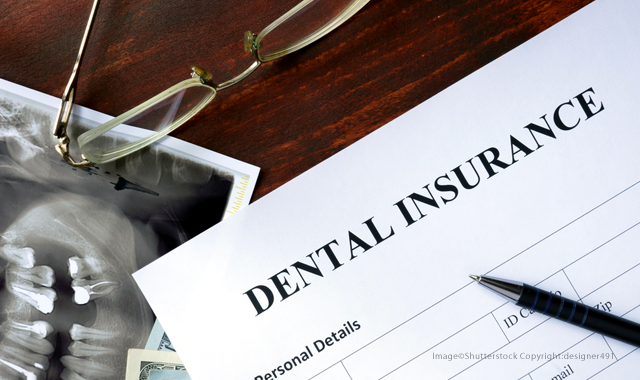Limiting dental benefits increases hospital visits
An increased severity of tooth-related infections and higher hospital costs were also reported.

Limiting dental insurance coverage to emergency-only treatments caused an increased volume and severity of tooth-related infections and led to higher hospital health care costs, according to a new comprehensive study of the effects of Medicaid spending reforms in Illinois.
The study analyzed hospital data over an 18-month period both before and after the 2012 passage of the Save Medicaid Access and Resources Together (SMART) Act, a package of laws intended to financially rescue Illinois’ Medicaid system. The findings appear in the March issue of the Journal of Oral and Maxillofacial Surgery – the official journal of the American Association of Oral and Maxillofacial Surgeons (AAOMS).
A key spending reduction provision in the SMART Act eliminated all but emergency adult dental services for low-income residents that the researchers say resulted in increases in emergency department visits, surgeries and hospital admission days. The average patient cost rose by 20 percent and the total cost-of-care increased by 77 percent – or $1.6 million – at the University of Illinois Hospital in Chicago during the study period.
“The negative public health effects and increased economic impact of eliminating basic dental care show the importance of affordable and accessible preventative oral health care,” the authors say. “The substantial increase in cost of just one urban hospital’s population could be extrapolated to the state level to illustrate a large financial burden.”
Trending article: Dental care linked to risk of respiratory infections in ICU patients
The researchers said earlier studies have established that preventive dental treatments in outpatient settings are more effective and cost-efficient and Medicaid spends more on emergency department treatments when compared with routine preventive care. “However, there have been very few studies that have accurately analyzed the hospital costs associated with these dental infections” using cross-referencing of patient record diagnosis codes as study inclusion criteria, they said.
After passage of the SMART Act, the patient data analysis showed emergency department visits increased 48 percent, surgical interventions increased 100 percent and hospital admission days increased 128 percent. Patients also were more likely to have an oral and maxillofacial surgery (OMS) consult, an incision and drainage procedure, and a longer hospital stay.
“The negative public health effects and increased economic impact of eliminating basic dental care give special importance to affordable, accessible oral health care and valuable social interventions,” the authors concluded.
“Does Restriction of Public Health Care Dental Benefits Affect the Volume, Severity, or Cost of Dental-Related Hospital Visits?” is authored by David Salomon, DDS, R. Eric Heidel, Ph.D., Antonia Kolokythas, DDS, MSc, Michael Miloro, DMD, M.D., and Thomas Schlieve, DDS, M.D.
Read the complete study findings at http://www.joms.org/article/S0278-2391(16)31028-X/fulltext.